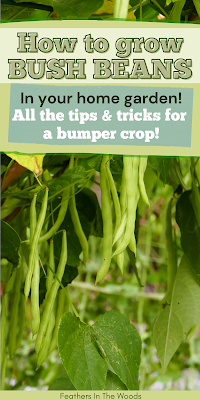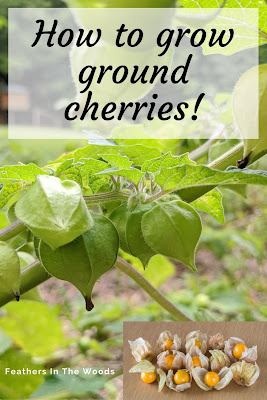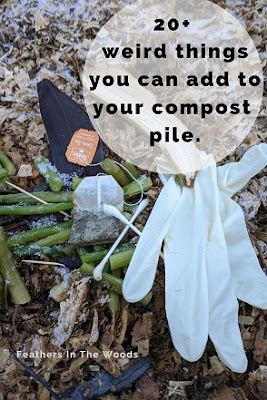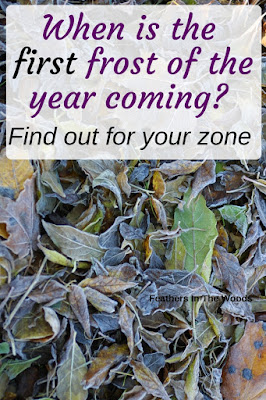I live in the woods. My house is on a 2-acre clearing smack dab in the center of the woods. When your house is surrounded by acres of trees you have a lot of fallen leaves to pick up every year! I don't mean rake a little bit and that's it! Nope, we actually need machines for this! I like to joke that my husband vacuums the lawn, but well...he does! lol
At first you just rake them into the woods or burn them or even suck them all up with the lawn vacuum thing and dump them somewhere deep in the woods where they can't blow back out. After a while though you come up with ways to use said leaves, after all leaves could be very useful for a gardener!
There is one school of thought that leaves and dead plants should be left where they fall as certain insects will hide in them over winter and the leaves help them to survive. Unfortunately many common garden pests are on that list and allowing them a space to survive over winter is making more pest problems for yourself next year!
I'm pretty sure that's how my earwig problem got so bad the last 2 years!
I also didn't till for 2 years because of a new fence, so that certainly didn't help. Tilling does help break up their little buggy homes and disrupts the lifecycle of many garden pests so I can't blame my earwig problem on 1 thing...but I'm sure the 2 changes worked together to make the garden particularly buggy this year. That won't happen again!
30 years gardening and still learning and trying different things. About the leaves though...





















